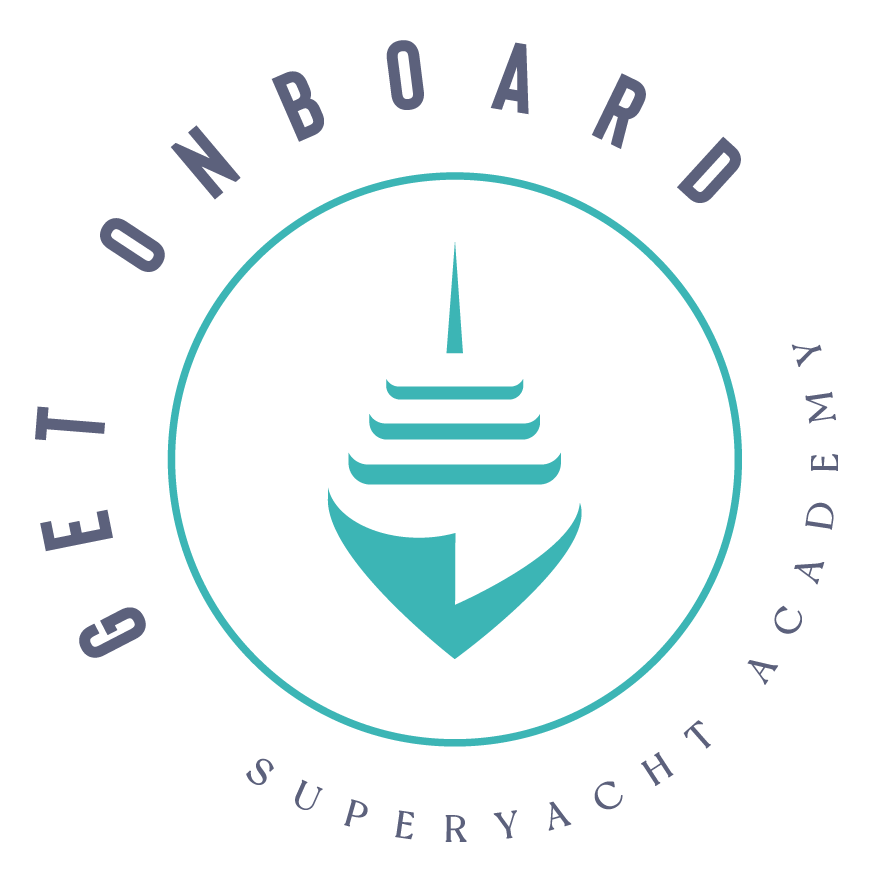The Allure of Working on a Superyacht
The idea of working on a superyacht is a dream come true for many, offering the chance to travel the world, meet incredible people, and enjoy a luxurious lifestyle. Superyachts are floating paradises, and as part of the crew, you’ll get to be at the heart of it all. However, breaking into this glamorous industry can seem daunting if you don’t know where to start.
In this step-by-step guide, we’ll walk you through the key steps to land your first job on a superyacht, even if you have no prior experience. Whether you’re aiming for a position as a deckhand, stewardess, chef, or engineer, we’ve got you covered!
Step 1: Understanding the Roles
The first step in your journey to working on a superyacht is understanding the different roles available. While each position has its own responsibilities, all of them require hard work, dedication, and a willingness to learn.
Deckhand: As an entry-level crew member, a deckhand is responsible for the upkeep of the yacht’s exterior. This includes cleaning, maintenance, and assisting with navigation and safety procedures.
Stewardess: The stewardess is responsible for the interior of the yacht. Duties include guest service, maintaining the yacht’s cleanliness, managing inventory, and providing luxurious experiences for guests.
Chef: Yacht chefs prepare high-end meals for guests and crew. This role demands culinary expertise and the ability to handle high-pressure situations, as the yacht chef must be skilled in preparing various international cuisines.
Engineer: Engineers maintain the yacht’s machinery and technical equipment, including the engines, electrical systems, and water filtration systems. It’s a critical role that ensures the yacht runs smoothly and safely.
Understanding the roles will help you determine which path to pursue. Once you’ve identified a role that suits your interests, it’s time to move on to the necessary certifications.
Step 2: Necessary Certifications
Before you can step aboard a superyacht, you’ll need to obtain the essential certifications. These are non-negotiable for working on a yacht and are a fundamental step in your career.
STCW (Standards of Training, Certification, and Watchkeeping): This is a basic safety course required for all crew members. It covers topics like fire-fighting, first aid, survival techniques, and safety at sea.
ENG1 Medical Certificate: This certificate ensures that you’re physically fit to work on a yacht. A thorough medical examination will confirm that you meet the health standards required for the job.
Additional Certifications: Depending on the role you’re interested in, there may be further certifications to pursue. For example:
Deckhands may need a Powerboat Level 2 certificate.
Stewardesses may benefit from a Food Safety Level 2 course.
Chefs will need formal culinary qualifications along with specialized training in working in a galley.
Engineers should complete an Approved Engine Course (AEC) and potentially further mechanical or electrical qualifications.
Make sure you acquire the necessary certifications to boost your employability. Once you have the qualifications, you can start building your CV.
Step 3: Build Your CV
Your CV is your first impression on potential employers, so it’s crucial to tailor it to the yachting industry. Unlike traditional land-based jobs, a yachting CV needs to showcase specific skills and attributes that are relevant to the role.
Key Tips for Creating a Yachting CV:
Highlight relevant experience: If you’ve worked in hospitality, bartending, or outdoor activities, make sure to include it. Even jobs that seem unrelated can show transferable skills such as customer service or working under pressure.
Include certifications: Ensure that all your relevant certifications, like STCW and ENG1, are clearly listed on your CV.
Professional photo: Include a professional, well-groomed photo that conveys your readiness for a job in a luxurious environment.
Skills and qualities: Emphasize qualities like reliability, attention to detail, and a positive attitude. Yacht crew members need to be flexible and ready to take on any task.
Use a clean and easy-to-read layout, keeping your CV to one or two pages. And if you need help, Get Onboard Superyacht Academy offers a free CV template to get you started.
Step 4: Gaining Experience
Getting experience in the superyacht industry can be challenging without having worked on a yacht before. However, there are several ways to get your foot in the door and gain valuable experience.
Day Work: One of the best ways to gain experience is through day work. This is temporary, paid work on a yacht, often during busy seasons. It allows you to showcase your skills and get to know yacht crew life firsthand, all while building your network in the industry.
Volunteering: Many new crew members start by volunteering to get the experience they need. This can be an excellent way to get exposure and build connections with yacht owners, captains, and crew agencies.
Internships: Some superyachts or agencies may offer internship opportunities for those eager to learn and prove themselves in a professional setting.
Day work and volunteering are great ways to meet people in the industry, build your experience, and ultimately land your first full-time job.
Step 5: How to Apply for Jobs
Once you’ve gained the necessary certifications, built your CV, and gained some experience, it’s time to start applying for jobs. There are a few key ways to go about this:
Job Platforms and Agencies: Websites like Find a Crew and Yotspot specialize in connecting yacht crew with job opportunities. You can create a profile, upload your CV, and start applying for roles.
Networking: Attend industry events, yachting job fairs, and connect with other crew members. Many yacht jobs are filled through word-of-mouth, so networking is a key part of the job search process.
Approaching Yachts Directly: If you’re near a popular yachting hub like Palma de Mallorca, Fort Lauderdale, or Antibes, consider going to marinas and approaching yachts directly. It’s not uncommon for crew members to be hired on the spot.
Crew Agencies: Many yacht crew agencies help match crew with yacht owners and captains. Some of the most well-known agencies can help you secure your first job.
Conclusion: Get Started Today
Working on a superyacht is an exciting career that offers unique experiences, travel opportunities, and the chance to meet fascinating people. By following this step-by-step guide, you can land your first job in the superyacht industry and begin a career that most people only dream of.
Ready to get started? Explore our accredited Superyacht Crew Training Courses today to make sure you have all the qualifications you need to succeed in this thrilling industry.


